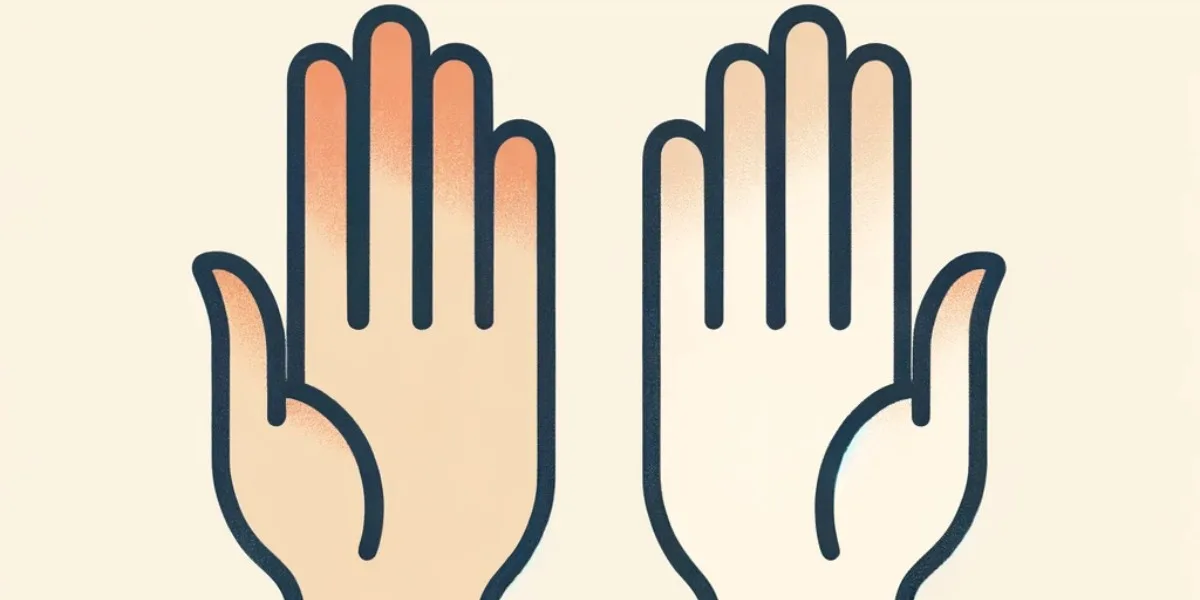Introduction to Handedness
Handedness refers to the dominant hand that an individual prefers to use for performing activities, such as writing, eating, and throwing. It’s a trait observed in humans from an early age, typically manifesting around the age of 3-4 years when children show a clear preference for using one hand over the other. The majority of the world’s population, approximately 90%, are right-handed, meaning they prefer to use their right hand for most tasks. The remaining 10% are left-handed, preferring their left hand, with a very small percentage being ambidextrous, capable of using both hands with equal proficiency.
This distribution has been consistent across different cultures and geographic locations, suggesting that handedness is a deeply ingrained aspect of human biology. However, the preference for one hand over the other is more than just a trivial fact about individual differences; it reflects complex interactions between genetics, development, and the brain’s structure and function.
Historical Perspectives on Handedness
Historically, left-handedness was viewed with suspicion and negativity. In many cultures, left-handed individuals faced discrimination and were often forced to use their right hand. This bias is reflected in language; for example, the Latin word for left, “sinistra,” is the root of the English word “sinister,” highlighting the negative connotations associated with being left-handed. Similarly, “right” is associated with correctness and skill.
Over time, perceptions have gradually shifted. The 20th century saw a significant change in attitudes, with increased understanding and acceptance of left-handedness. Educational and social practices that forced left-handed individuals to use their right hand have become less common, recognizing the natural variation in handedness as a harmless and interesting aspect of human diversity.
Biological and Genetic Factors
The scientific community has long been fascinated by what determines handedness. Research suggests that a combination of genetics, biology, and environmental factors plays a role. Studies of families and twins indicate that handedness has a heritable component, though the specific genes involved are complex and not fully understood.
The brain’s structure and function also contribute to handedness. The brain is divided into two hemispheres, each responsible for different functions and controlling opposite sides of the body. For most right-handed people, the left hemisphere, which controls the right hand, is dominant for language and fine motor skills. This lateralization can vary in left-handed individuals, contributing to the diversity in cognitive and motor abilities observed between different people.
Implications of Being Left-Handed vs. Right-Handed
Being left-handed or right-handed can influence various aspects of life, from the practical to the cognitive. While modern society has largely adapted to accommodate both left- and right-handed individuals, left-handers often encounter challenges with tools and devices designed for right-handed users. However, this necessity to adapt can also lead to advantages, such as increased flexibility and problem-solving skills.
Cognitive and neurological differences between left- and right-handed individuals have been the subject of much research. Some studies suggest variations in areas such as spatial reasoning, creativity, and multitasking, although findings are mixed and the subject remains an area of active investigation. Notably, many successful artists, leaders, and scientists have been left-handed, illustrating that handedness is just one of many factors contributing to human ability and achievement.
Cultural and Social Aspects
Cultural attitudes towards handedness vary significantly around the world. While modern Western societies have largely moved towards acceptance and accommodation of left-handedness, some cultures maintain traditional beliefs that favor right-handedness, associating it with good fortune and purity. These cultural differences reflect the diversity of human societies and their evolving attitudes towards biological and personal variation.
Despite these variations, there is a growing global recognition of the need to support and accommodate left-handed individuals, from designing ergonomic products to ensuring that educational practices do not discriminate against them. This shift towards inclusivity and understanding underscores a broader movement towards recognizing and celebrating diversity in all its forms.
Conclusion and Future Directions
Handedness, whether right or left, is a fascinating aspect of human biology that reflects the complex interplay between genetics, environment, and culture. The journey from historical biases and misunderstandings to modern acceptance highlights the importance of scientific inquiry and cultural openness in overcoming stereotypes and discrimination.
Future research into handedness promises to further unravel the mysteries of the brain and genetics, potentially offering new insights into how we learn, think, and interact with the world. As society continues to evolve, the hope is for an increasingly inclusive approach that values the unique contributions of all individuals, regardless of which hand they prefer to use.






